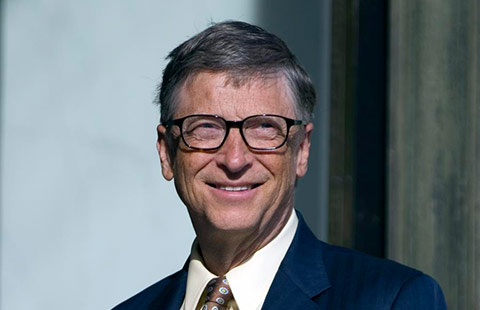Reserve currency status to open renminbi gates
By Jukka Pihlman (China Daily) Updated: 2015-12-01 08:22Added to the moves by central banks there will of course be investment by sovereign wealth funds of some magnitude. Though this is harder to make generalised predictions on, looking at Norway's SWF for example - whose fixed income benchmark is GDP weighted - the allocation to the CIBM could be to the tune of over $40 billion.
The implementation of RMB's inclusion to the SDR basket 10 months from now will also inevitably trigger a significant rebalancing or hedging demand for RMB, though this, too, is likely to occur gradually.
Against common perception - given that the aggregate SDR holdings/assets of the central banks in the IMF member states (around $280 billion) have an equal amount of SDR allocations/liabilities - RMB's addition to the SDR basket won't actually trigger a system-wide hedging demand, though some countries that are long or short on SDR may hedge their positions.
Instead, by far the most significant direct effect from the RMB's inclusion on currency flows will come from multilateral institutions.
IMF's own investment account and investment by its Poverty Reduction and Growth Trust would need to be rebalanced to include RMB.
Likewise, institutions such as the Bank of International Settlements, the African Development Bank, the Islamic Development Bank, the Arab Monetary Fund and the International Fund for Agricultural Development have SDR-denominated balance sheets, which will need to be rebalanced.
The World Bank and Asian Development Bank will also be affected as some of their facilities for the world's poorest countries are denominated in SDR. The combined size of these multilateral institutions' affected balance sheets is over $600 billion, so the resulting RMB flows could be over $60 billion.
Private sector investors are yet to enjoy the same unfettered access to RMB investment as their public sector counterparts, but the sheer speed and extent of China's reforms in the past year strongly signals China's intent to accelerate the full opening of its capital account. This may happen a lot faster now than people currently expect.
The "ifs'" and "buts" for the RMB are over. For those who are yet to formulate an RMB strategy, now is the time.
The author is managing director and head of Central Banks and Sovereign Wealth Funds, Standard Chartered Bank. He previously worked for the IMF and central banks of New Zealand and Finland.
- Balancing investment and consumption
- Lessons can be learned from Japan's energy efficiency experience
- Financial reform to boost green industry
- Ride the innovation wagon to a green future
- New Maritime Silk Road to boost ties with Africa
- Reserve currency status to open renminbi gates
- China urges faster, cheaper Internet by year end
- Christmas lights across the world's shopping districts















